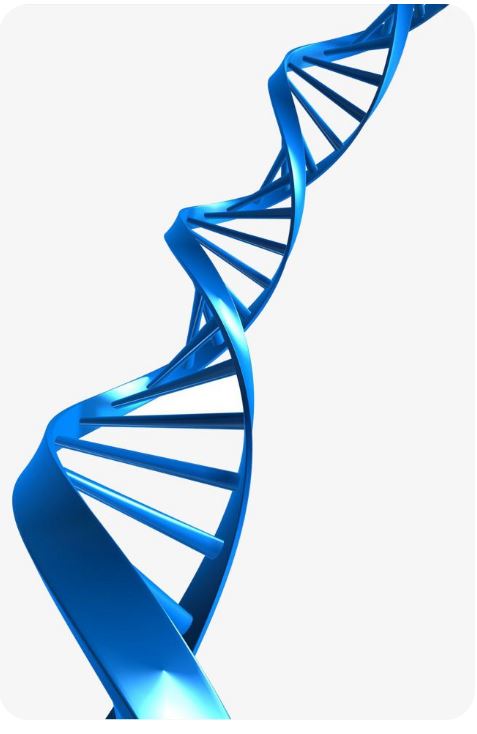

DNA
Can DNA Tests Help You?
Family historians are regularly encouraged to purchase DNA tests. This paper explores the types of DNA tests available and what you should consider before deciding whether to buy one.
Types of DNA tests
All human beings have pretty much the same DNA - over 99% of your DNA will be the same as that for anyone else across the world. DNA tests compare mutations: that is the differences between us. We all have small amounts of these. If we compare our mutations sometimes they match, which may indicate that we are related.The three types of tests available look at different types of DNA: Y-chromosome,Mitochondrial and Autosomal.
Y-chromosome (direct male line) The Y-chromosome is passed from father to son and therefore often correlates to surnames.If you are female you can't take that test yourself as you don't have a Y-chromosome, but a male relative such as a brother or father can act as a substitute.The test is of greatest use for establishing whether people, usually with the same surname,have a common ancestor in the direct male line on both sides. So it is of particular interest to one-namers. It is possible that if your results are compared with others in a company's database, the outcome of previously unknown liaisons, including those connected with slavery, may emerge.Both mitochondrial and Y-chromosome tests have a range that goes back hundreds of thousands of years. That means they can tell you whether you and another person are related even very far in the past, but they can't tell you when your common ancestor lived.
Mitochondrial (direct female line) We all have mitochondrial DNA and so anyone can take this test. As mitochondrial DNA is passed from mother to child, it follows the direct female line.
It is only really useful if you want to check a link with someone who you think may be related to in the direct female line on both sides. An example of its use was to support the identity of Richard III. The skeleton's mitochondrial DNA matched that of a descendant in the direct female line of Richard III's mother. Genealogists had traced the female line down through the generations, until they found a living descendant, who happened to be male.But few people seek to check such a possible connection.
Autosomal (wider spectrum) We inherit autosomal chromosomes from our parents, so both men and women can take this test. Half of this DNA comes from one parent and half from the other. However, we don't pass on our parents' DNA in equal amounts to our children.Generally, autosomal DNA tests are able to tell us about connections going back a few hundred years and therefore can often be used to corroborate paper research. If you have an elderly relative whom you can test, you may be able to push the horizon back somewhat further. In any case, we probably carry little or no DNA (other than that shared by human beings as a whole) from most of our ancestors who were living more than 400 years ago.Therefore, autosomal tests are not usually sensitive enough to match relatives whose mostrecent shared ancestors lived more than 400 years ago. It is the autosomal test which,despite its limitations, people are encouraged to use to estimate their "ethnic origins".
